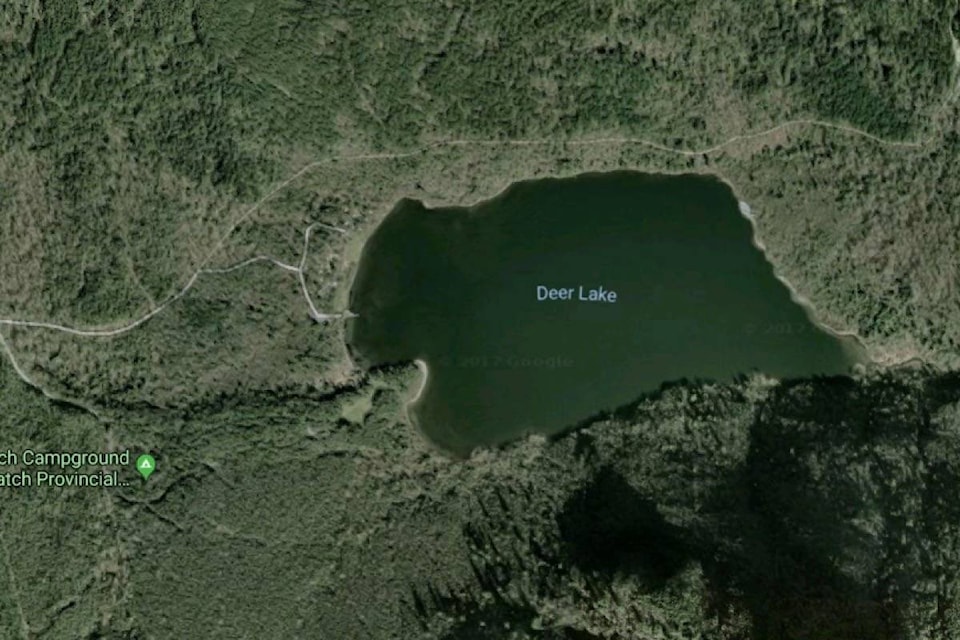Kent and Harrison municipalities are still pushing for an emergency evacuation route through Sasquatch Provincial Park after years of talk about the need for an alternate route out of Harrison for homes along Rockwell Drive, as well as the thousands of campers that visit the park every year.
Gerald Basten, Kent Harrison emergency program co-ordinator, said multiple scenarios call for a secondary road.
“Depending on where the event happens, whether it be an environmental emergency, whether it’s an earthquake or a fire or a flood, or even a man-made emergency, like a hazardous material spill ... the access to the Village of Harrison Hot Springs is compromised [and] they need a second way out.”
Previous road upgrading work by BC Hydro has left approximately 800 metres of road to be completed for full access out of the area and onto Highway 7, according to District of Kent Mayor John Van Laerhoven
“Essentially what’s left is from Deer Lake to the Mahood Creek Bridge,” he said, adding that summer wildfires and the recent rockfall on Rockwell Drive have further proven the need for a route.
“Thankfully last summer, the wildfires were further up the lake,” he said. “That could happen much closer by and people could end up trapped.”
Basten said that, in the past, resistance to the road improvements was based on concerns about increasing commercial traffic or overuse, but the current proposal would see the road gated unless a state of emergency was declared by the Kent or Harrison municipalities.
“No one wants a highway going through the park,” he said. “The proposal is a second-means egress in a state that’s able to be used [but] gated at both ends. At the declaration of either mayor, the gates would be open for use.”
As with all development in provincial parks, planning, partnerships and funding have to be worked out between local and provincial governments.
Van Laerhoven said a recent meeting with Emergency Management B.C., Transportation B.C. and the Ministry of Forests, Lands, Natural Resource Operations and Rural Development, felt “positive.”
“I think there’s more of an appetite from government right now too because of what occurred in the interior this year,” he said, referring to the summer wildfires.
“If we can be proactive about [an emergency], then at the end of the day the dollars spent are spent more fruitfully. We can’t just cross our fingers and say we have an emergency plan but we don’t have a way to make it work.”
